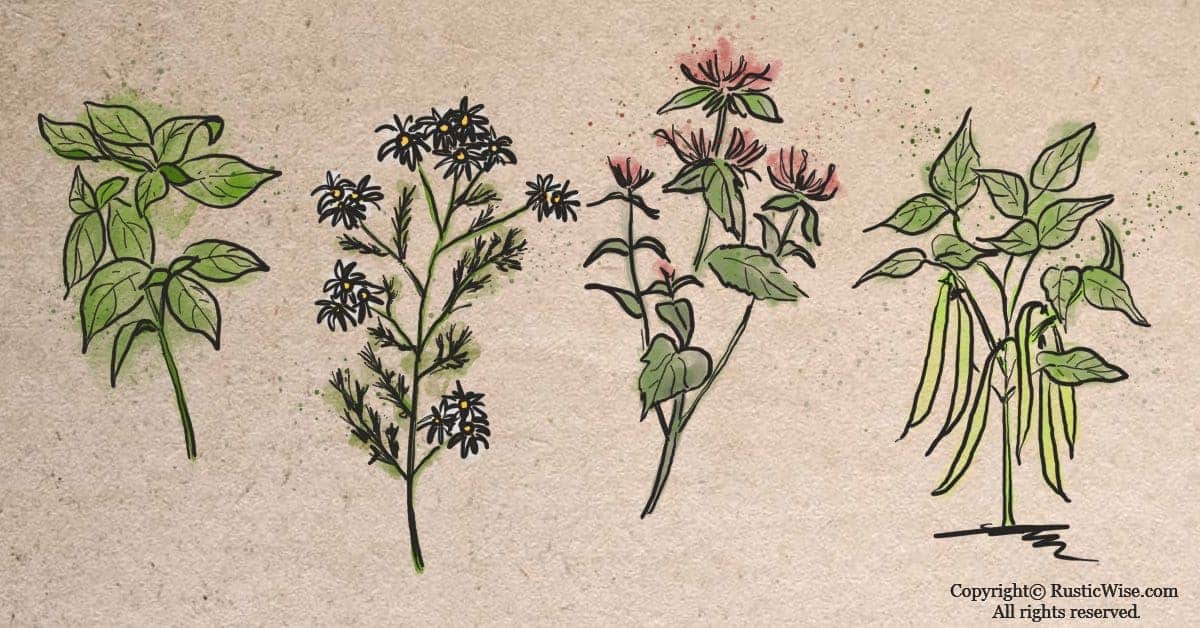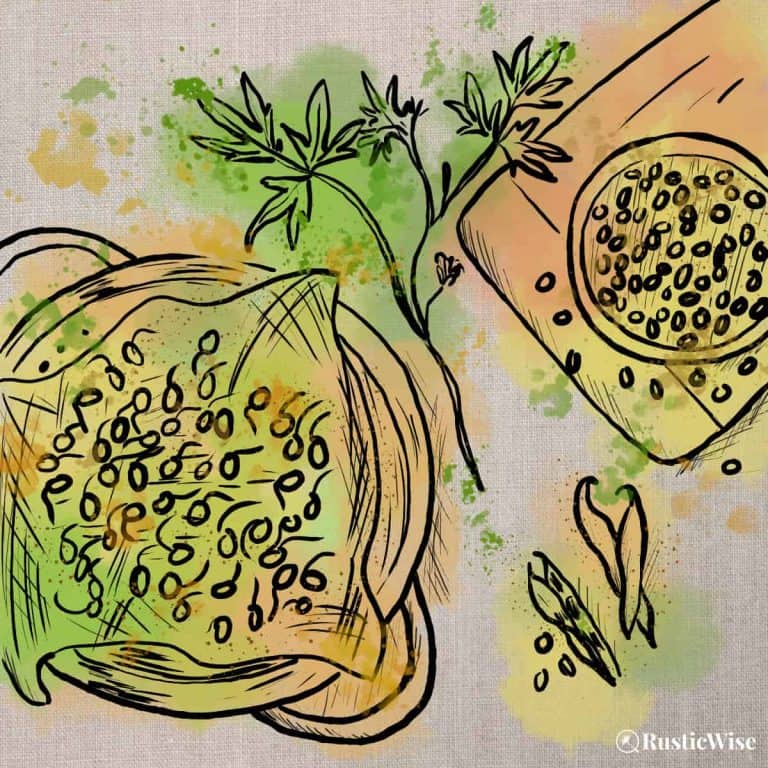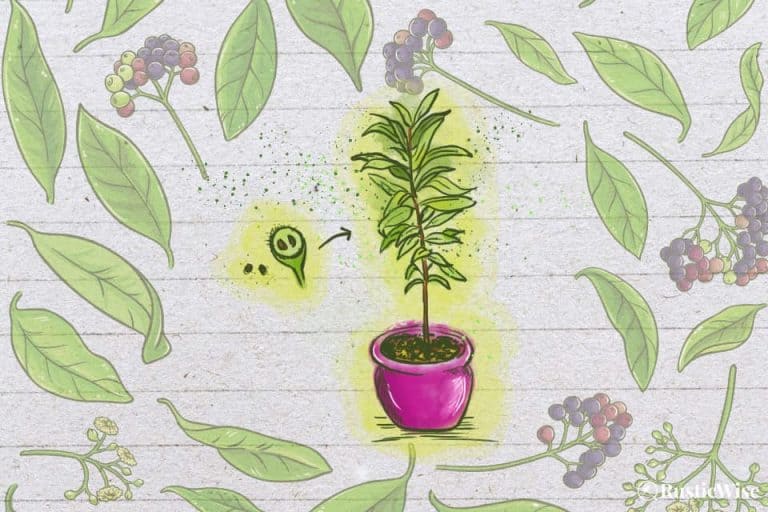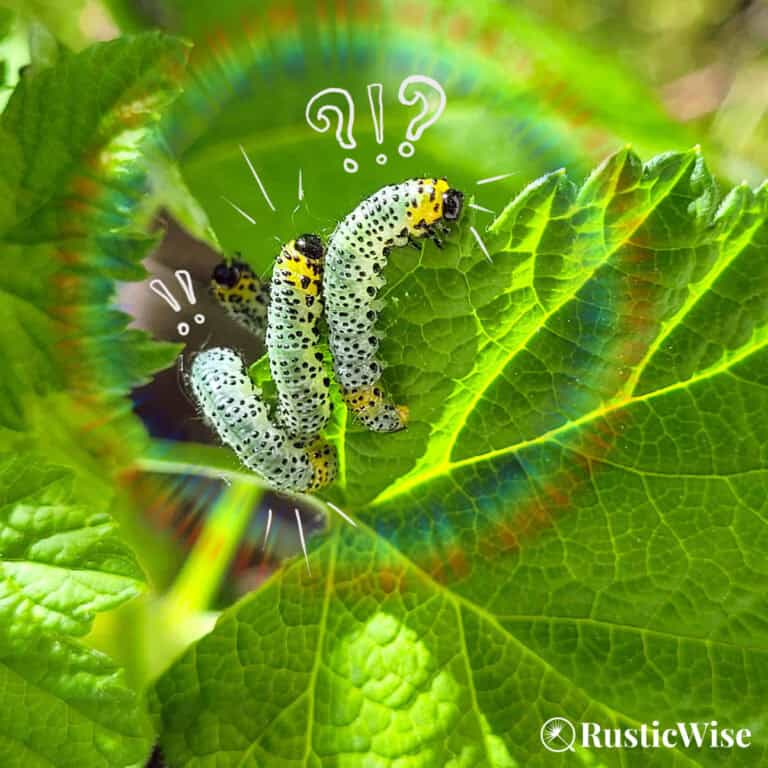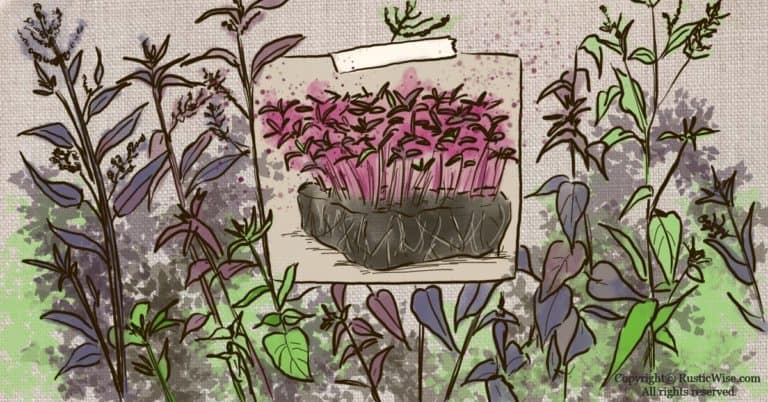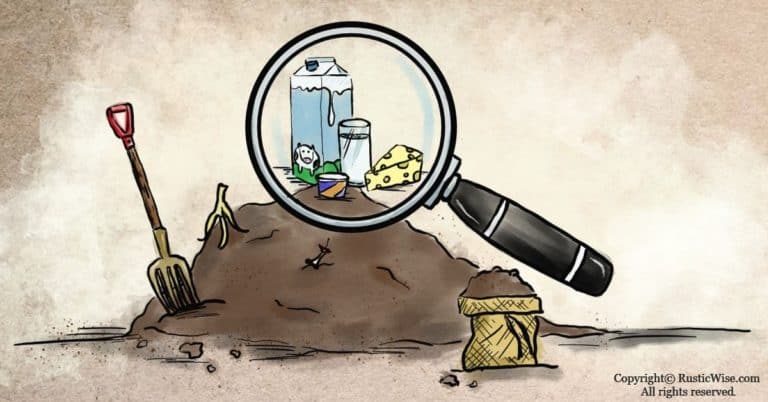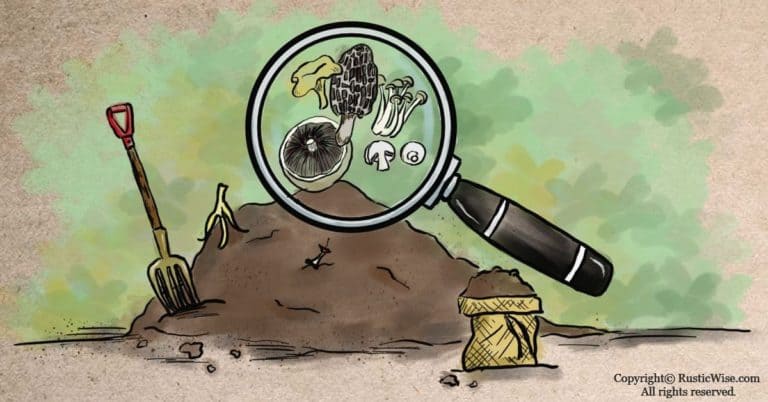Smart Herb Companion Planting for Gardeners
Herbs are a great addition to any garden, but did you know that they can also be used as companion plants in your vegetable garden? Companion planting is an ancient practice that involves placing certain species together in proximity to one another for the purpose of mutual benefit. Smart herb companion planting may help repel certain pests like aphids and cabbage moths, attract other beneficial insects such as ladybugs, attract pollinators, and promote healthy overall growth for all.
This article will tell you everything you need to know about herb companion planting from what it is, the benefits of doing so, and a handy herb companion planting chart that outlines great herb/vegetable combinations to try out in your own herb garden!
What exactly are herbs?
Since we’re on the subject of herbs, we should define what exactly a herb is.
According to Cambridge Dictionary a herb is, “a type of plant with a soft stem, used in cooking and medicine.” The keyword here is “soft” stem rather than woody stems often used in spices.
More specifically with herbs, the leaves of these plants and occasionally the flowers, are generally used fresh or dried for their flavor or fragrance.
Herbs differ from spices in that typically spices come from other parts of the plant including the buds, bark, flowers, root, seeds, and stems. Spices are dried.
Everyone has a few favorite culinary herbs they use regularly to bring out the flavors of homemade dishes. But herbs are useful in so many ways beyond just culinary purposes.
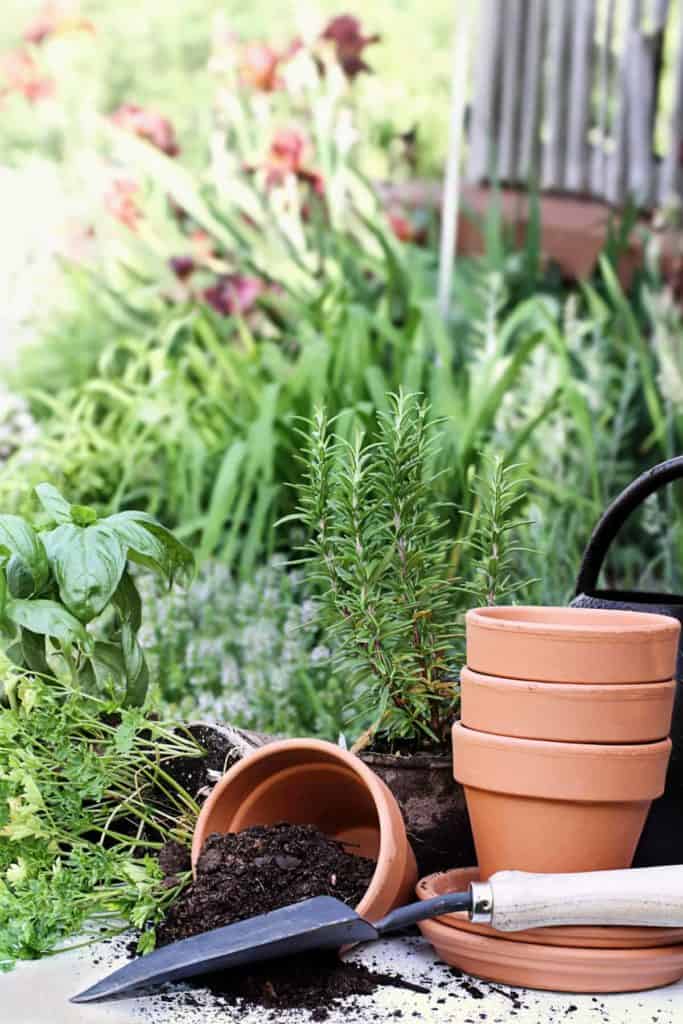
Benefits of herb companion planting
Companion planting has long been used as a natural method of enhancing plant growth and deterring pests. It’s a great way to make the most of the herbs in the garden (and hopefully make your job easier too!).
When planted next to one another, some herbs just jive well with their neighbors, bringing about a mutually beneficial relationship. A “you scratch my back, I’ll scratch yours” kind of thing.
Each relationship between herbs and surrounding plants is unique. You may find that by planting certain herbs next to certain crops, you might just reap the rewards of one or more of the following benefits of herb companion planting:
- Repels pests: Common garden pests are aphids, cabbage maggots, slugs, and snails. Some herbs such as pennyroyal and pyrethrum are good insect repellents.
- Attracts helpful insects: As you know, certain insects such as ladybugs are a gardener’s friend by helping to get of other pests. Parsley for example, attracts ladybugs and damselflies which help neighboring carrots, chives, and tomatoes.
- Enhances growth and overall health: Some herbs help out by providing soil enrichment, shade, and water retention.
- Improves herb aroma and flavor: Lemon verbena and lemon thyme complement one another’s fragrances. Keep in mind that some strongly scented herbs may affect the scents of other nearby herbs and plants—you may wish to group similarly-scented herbs together.
- May suppress weed growth: Some low-growing herbs such as marjoram or thyme may be planted amongst other crops to prevent sun-loving weeds from sprouting.
Tip: Are you ready to plan out your garden? As a general rule, it’s best to match the soil, water, and light requirements of companion herbs to ensure you’re not planting a water-loving herb next to one that prefers well-drained soil.
The classic Three Sisters companion planting trio
One of the best examples of great companion planting is what’s known as the Three Sisters combo used for ages by North American Indigenous people: beans, corn, and squash.
It’s a great example of how ideal companion planting works—three crops working together in harmony.
- Beans make nitrogen available in the soil to the benefit of others;
- Corn provides the necessary support for bean’s twisting vines;
- Squash’s low-growing foliage provides ground cover which helps to retain soil moisture. The prickly stems help deter pests and protect the other “sisters;”
- And, there’s sometimes a fourth sister—sunflower or beebalm which acts to provide further support to the beans, while also deterring birds from snacking on the corn by offering up her own seeds, and attracting bees and other pollinators.
Herb companion planting chart
Here we’ve compiled a handy chart outlining common herbs and what to plant them with.
| Herb | Companions | Uses and Benefits |
|---|---|---|
| Anise | Beans, coriander, cilantro | Promotes germination and healthy growth. |
| Basil | Tomatoes, peppers (Keep away from: rue) | Repels flies, mosquitoes, hornworms. |
| Beebalm | Tomatoes | Promotes healthy tomato growth. |
| Bergamot | Tomatoes | Promotes healthy tomato growth. |
| Borage | Beans, squash, strawberries, tomatoes | Repels tomato worm. |
| Caraway | Peas, strawberries (Keep away from: dill and fennel) | The long roots of caraway help break up heavy soils making it perfect to pair with more shallow-rooted plants. It also attracts wasps and flies away from other plants. |
| Calendula | Asparagus, tomatoes | Deters asparagus beetles, nematodes, tomato worms; calendula attracts pollinators with its nectar. |
| Chamomile | Basil, beans, beebalm, broccoli, Brussels sprouts, cabbage, cauliflower, cucumbers, kale, onions, mint | Generally, plays nice with most plants. Said to enhance the scent of mint and basil. Chamomile’s antibacterial and anti-fungal properties help plant companions fight off blight, fungus, mold and mildew. |
| Chervil | Brassicas, lettuce, radishes | Repels slugs. |
| Chives | Apple trees, Brassicas, carrots, parsley, roses, tomatoes (Keep away from: beans and peas) | Repels aphids, carrot rust fly, Japanese beetles. Helps improve flavor of carrots and tomatoes. |
| Cilantro | Anise, basil, chervil, dill, spinach, cabbage, lettuce, kale, and kohlrabi, peas and beans, parsley, potatoes, tomato | Cilantro’s flowers attract beneficial insects (like ladybugs, hoverflies, and lacewings) which prey on pests (like aphids, cabbage moths, potato beetles, and spider mites). |
| Dill | Cabbage, peppers (Keep away from: carrots and tomatoes) | Deters hornworms; attracts beneficial insects like ladybugs, spiders, and praying mantises which prey on other insects. |
| Garlic | Raspberries, roses | Deters aphids, Japanese beetles, and rose bugs. |
| Horseradish | Potatoes | Plant at corners of potato patch to deter potato bugs. |
| Hyssop | Cabbage, grapes (Keep away from: radishes) | Deters cabbage moth. |
| Lavender | Apple trees | Deters codling moths which prey on apple trees. |
| Lovage | Beans, potatoes and other tubers | Attracts ground beetles and wasps which prey on other pests. |
| Mint | Cabbage, tomatoes | Deters cabbage moth and ants. |
| Oregano | Asparagus, basil, beans, cabbage | Deters cabbage moths. |
| Parsley | Tomatoes | Attracts beneficial insects like ladybugs, spiders, and praying mantises which prey on other insects. |
| Petunia | Basil, beans, brassicas, corn, grapes, peppers, roses, tomatoes | Useful as a natural pesticide; repels aphids, asparagus beetles, leafhoppers, Mexican bean beetles, and tomato worms. |
| Rosemary | Beans, broccoli, carrots, Brussels sprouts, peas, and sage (Keep away from: rue) | Deters cabbage moth. |
| Rue | Fig trees, lavender, raspberries, roses (Keep away from: basil, cabbage, cucumber, rosemary, sage) | Deters aphids, fish moths, flea beetle, flies, onion maggot, slugs, snails, and Japanese beetles in roses and raspberries. |
| Sage | Broccoli, Brussels sprouts, cabbage, carrots, peas, rosemary, strawberries, tomatoes (Keep away from: rue) | Deters cabbage moth. |
| Summer savory | Beans, onions | Repels bean beetle. |
| Thyme | Cabbage, potatoes, tomatoes | Deters cabbageworm. |
Other notable mentions
- Caraway aerates and loosens soil.
- Marigold is great to plant throughout the garden as it deters all sorts of garden pests including Mexican bean beetles, houseflies, gnats, nematodes (which attack vegetable roots), and other insects. Marigold is especially helpful to tomatoes.
- Nasturtiums act as a “trap” to lure aphids away from other herbs. Aphids find them irresistible.
- Tarragon and yarrow helps promote the growth of most veggies and herbs.
- Fennel doesn’t get along with many, and actually inhibits plant growth. Plant far from other plants!
- Keep wormwood away from most vegetables.
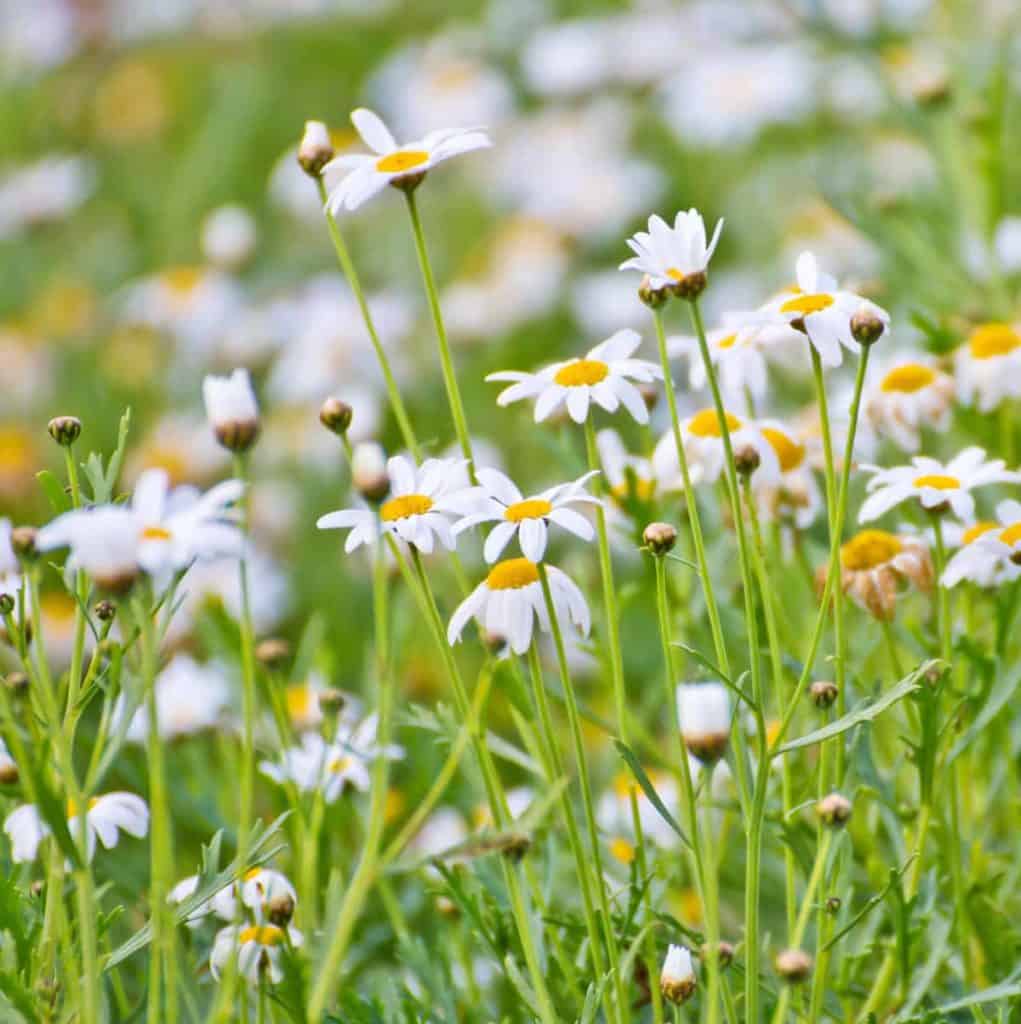
Credit: Yay Images
Herb companion planting for indoor pots
Interested in indoor herb companion planting? The good news is that you can grow many herbs indoors on a windowsill or in pots.
When you buddy up two or more herbs together, you reap the benefits of mutually beneficial companion planting and reduce the number of pots you may have lying around!
The following herbs thrive in container gardens:
- Bay leaf plant
- Chives
- Garlic
- Geranium
- Marjoram
- Mint
- Oregano
- Parsley
- Tarragon
- Thyme
- Winter savory
Consider these popular indoor herb companion planting combinations:
- Flavors of Italy: Basil, dill, cilantro, parsley
- Minty fresh: Peppermint, catmint, lemon balm
- Classic flavors: Lavender, basil, oregano
So now that we’ve covered herb companion planting, check out our article on What Herbs and Vegetables Should Not be Planted Together: 10 Incompatible Pairings.
👉RusticWise.com has been featured on another gardening website. Check out an article about creating your own edible garden at home.

References
- Emery, Carla (2012). The Encyclopedia of Country Living, 40th Anniversary Edition. Sasquatch Books. ISBN-13: 978-1-57061-840-6.
- West, Chris (07 October 2013). “The Three Sisters and that Fourth Sister No One Really Talks About,” Rodale Institute. Accessed July 2021.
- Herda, DJ (2020). Your Indoor Herb Garden: Growing and Harvesting Herbs at Home. New Society Publishers. pp. 48–52. ISBN 9780865719330.

Author: Theresa Tesolin
Theresa is co-founder of RusticWise. She helps people unleash their inner DIY spirit by encouraging them to get dirty and make or grow something from scratch.

